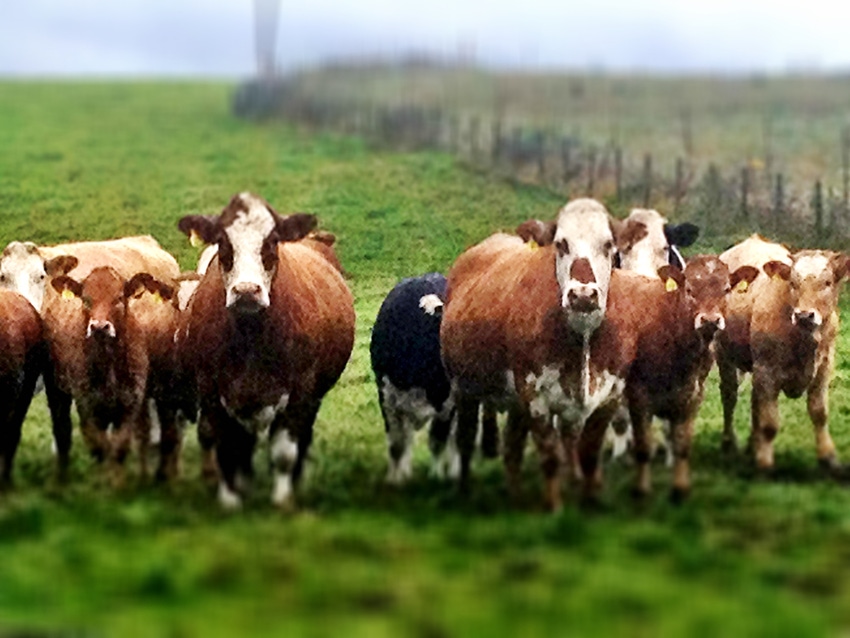Strategy includes field trials of a cattle vaccine, plans for badger vaccination and improved testing.
March 5, 2020

The U.K. government announced updated plans March 5 for the next stage of its strategy to eradicate bovine tuberculosis (TB), including field trials of a cattle vaccine, plans to vaccinate more badgers against the disease and improved testing to intercept bovine TB earlier.
As a result of a globally significant breakthrough by the U.K.'s Animal & Plant Health Agency (APHA), the government said it will now accelerate the work toward deployment of the cattle vaccine within the next five years.
The commitment is part of the government’s response to an independent review of its 25-year bovine TB strategy led by professor Sir Charles Godfray.
Bovine TB is one of the most difficult and intractable animal health challenges that England currently faces, APHA said in its announcement. In the U.K., more than 30,000 cattle are slaughtered each year due to infection from bovine TB, and a cattle vaccination could become a powerful tool in the battle against the disease, following the necessary testing and approvals to ensure its safety and efficacy, APHA said.
For many years, the U.K. conducted badger culls to reduce the number of wild badgers that could spread bovine TB to cattle, and APHA said independent scientific analysis has shown that badger culling has resulted in significant reductions in the spread of the disease to cattle, with disease incidence coming down significantly in the two areas analyzed -- by 66% and 37%. However, intensive culls — which currently cover 57% of England’s High-Risk Area for the disease — are only one phase of the long-term bovine TB strategy to eradicate the disease by 2038, APHA said.
As wider preventive measures are introduced, the response to the Godfray review sets out an intention to begin to phase out intensive badger culling, the agency said, noting that improvement of the cattle testing regime is also a key component of the bovine TB strategy in the U.K.
"Bovine TB is a slow-moving and insidious disease leading to the slaughter of over 30,000 cattle every year and considerable trauma for farmers as they suffer the loss of highly prized animals and valued herds," U.K. Environment Secretary George Eustice said.
"The badger cull has led to a significant reduction in the disease, as demonstrated by recent academic research and past studies, but no one wants to continue the cull of this protected species indefinitely, so once the weight of disease in wildlife has been addressed, we will accelerate other elements of our strategy, including improved diagnostics and cattle vaccination to sustain the downward trajectory of the disease," Eustice added.
According to APHA, the government intends to start deploying badger vaccination in areas where the four-year cull cycle has ended, alongside ongoing surveillance of the disease in badgers in that area. After the infection in the badger population is dealt with via culling and badger vaccination, it will enable other measures, such as cattle vaccination, to be more effective. This is the combined approach needed to achieve the government’s goal of eradicating the disease by 2038, the agency noted.
U.K. chief veterinary officer Christine Middlemiss said, "While there is no single way to combat this damaging and complex disease, cattle vaccination will be a new tool for our multipronged approach to tackle it and, importantly, prevent it, providing vital support to our farming communities."
Bovine TB presents a global challenge, and the U.K. can harness its world-leading science to develop solutions such as vaccination that could also be valuable to other countries," Middlemiss added.
The U.K. government's response also sets out plans to step up engagement with partners across the livestock industry to develop the bovine TB strategy further. It contains a detailed action plan for the next five years. The full response plan has been published online and is available here.
You May Also Like

.png?width=300&auto=webp&quality=80&disable=upscale)

